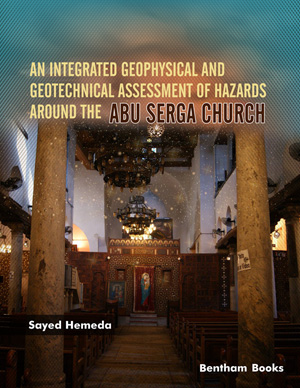Abstract
This paper studies the architectural and decorative items in Homer’s The Iliad and The Odyssey that are about the Trojan War. The ancient city of Troy, which draws attention through its glory, prestige, richness, strategic location, architecture, and tall fortifications, is in northwest Anatolia. These two sagas are important in terms of being the oldest written sources related to Anatolia, the Aegean, its islands, and Greece. More importantly, they inform us about many issues such as religion, beliefs, sense of politics, community life, family order, urbanization, hospitality, agreements, oaths, rites, humanistic approaches, traditions, clothes, nourishment, health, artisanship, mining, decoration, trade, transportation, communication, the value of goods, time expressions and units of measurements along with discussing war.
There probably was a bard-priest tradition that transformed annals into songs and was accepted as the memory of society in the beginning. The Iliad and The Odyssey, as results of this tradition, are the sagas that were fictionalized by bards and verbally handed down from generation to generation.
Keywords: Aesthetics, Ancient age, Architect god Hephaestus, Courtyards, Craftsmen, Handicrafts, Harmony with nature, Homeros, Houses, Interior decoration, Lighting, Palaces, Saga, Stone dressing, Stone pavement, Streets, Temples, The order of the city, Troy, Wall approach.













